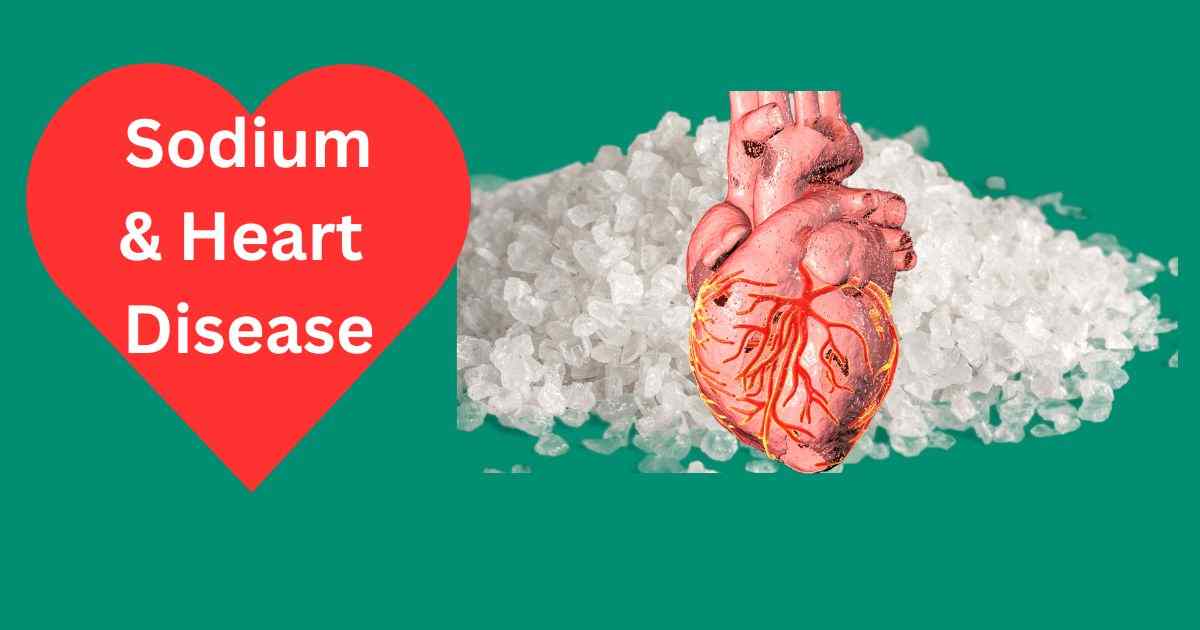This article explores a recent study about sodium and heart disease, specifically, sodium levels in heart patients. In a recent study, it was uncovered that individuals with cardiovascular disease (CVD) are consuming sodium at twice the recommended daily intake. The recommended allowance for sodium intake is set at 1,500 mg per day, yet a staggering 89% of heart disease patients surpass this limit.
How Much Sodium is Too Much?
The current guidelines suggest that those without heart conditions should cap their sodium intake at 2,300 mg per day, roughly equivalent to a teaspoon of table salt. However, the average daily sodium consumption among heart disease patients in the study was 3,096 mg, with the majority exceeding the recommended limit.
These findings, presented at the American College of Cardiology’s Annual Scientific Session from April 6 to 8, 2024, highlight a concerning trend in dietary habits among individuals with heart disease. Notably, the results are pending publication in a peer-reviewed journal.
Recommendations (2,300 mg per day) from the American Heart Association (AHA) underscore the importance of reducing sodium intake for individuals with heart disease. While the average person in the study exceeded the recommended limit by nearly 1,000 mg, it’s imperative for heart patients to adhere to these guidelines to manage their condition effectively.
Adverse Effects of Excessive Sodium
Understanding the risks associated with excessive sodium consumption is crucial for managing heart health. Sodium plays a vital role in balancing body water and supporting muscle and nerve function. However, an overabundance of sodium can lead to increased blood volume, subsequently elevating blood pressure and straining the heart.
Excess sodium has long been associated with arterial hardening and atherosclerosis, highlighting the importance of regulating sodium intake, particularly for individuals with heart disease. Here is our article about the causes and symptoms of coronary artery disease.
About The Study
The study, drawing data from 3,170 participants in the Center for Disease Control’s NHANES study, included both men and women over the age of 20 diagnosed with cardiovascular disease. Predominantly, the subjects were 65 or older, white, and possessed an education level below high school graduate. The male subjects, comprising slightly more than half of the participants, were overweight with an average daily calorie intake of 1,862.
Contrary to common assumptions, the study revealed that the group with the highest sodium intake comprised individuals with higher incomes and educational attainment. The authors speculate that this unexpected result may stem from better reporting practices among individuals with higher education and income levels.
By the way, here is our article about on the list of heart-healthy foods.
How To Reduce Sodium Intake?
Despite the widespread availability and marketing of high-sodium processed foods, efforts to reduce dietary sodium intake are feasible. Tracking salt consumption, choosing fresh ingredients, opting for low-sodium options, and being mindful of hidden sodium in processed foods are effective strategies for managing sodium intake.
Simple adjustments such as cooking at home, using herbs and spices for flavor, and being cautious of sodium content in restaurant meals can significantly contribute to reducing overall sodium intake while maintaining flavorful, heart-healthy diets. Additionally, incorporating substitutes like citrus juices, spices, and mustard can enhance flavor without relying on sodium. Here is our article about the symptoms of heart failure, in case if you want to read one.

